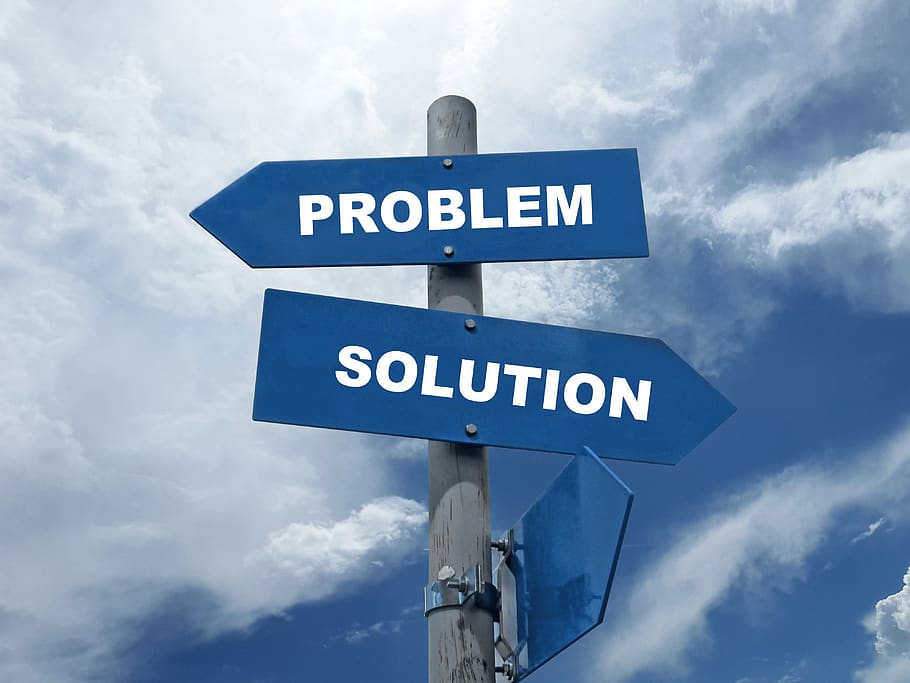
- minhnguyen
- 25Nov
- Net zero process
What is this Article 6 they keep talking about?
Article 6 is one of 29 Articles included in the Paris Agreement. The Paris Agreement is a legally binding international treaty (or binding agreement) on climate change. It was adopted by 196 Parties at COP 21 in Paris on 12 December 2015 and entered into force on 4 November 2016. The Parties are individual countries and […]

- minhnguyen
- 22Nov
- Net zero process
What is owed by rich countries?
The underlying structure of the 2001 Kyoto Protocol was formulated on a simple tenet: developed countries were the ones that upset the dynamic equilibrium of the earth’s carbon cycle with their access and use of fossil fuels to get rich, so why shouldn’t developing countries have that same benefit? With this in mind, the Clean […]

- minhnguyen
- 17Nov
- Net zero process
Here’s the problem!
COP26 ended with a number of new pledges and targets made. We touched on some of these in our last blog and they included a phase-down of coal and the Global Methane Pledge. Other pledged-based programs adopted included the Global Action Agenda on Transforming Agricultural Innovation and the Zero Emission Vehicles Transition Council: 2022 Action […]

- minhnguyen
- 15Nov
- Net zero process
COP26 review – Are we any closer to solving the climate change crisis?
After a series of tense huddles, more than 24 hours into overtime, the gavel went down on a climate deal in Glasgow, UK at 7:41pm on Saturday. World leaders adopted the Glasgow Climate Pact, a package of decisions as the outcome of Conference of the Parties number 26 (COP26). Before COP26, the planet was on […]

- CarbonView
- 07Oct
- Net zero process
Net zero – what’s in it for me?
This series of blogs is designed as a trip through the net zero process, assisting you to understand how the process can increase the profitability of your SME with reduced overheads and enhanced corporate image.The series is dynamic, bringing you up-to-date information and the latest news in all aspects of carbon accounting, carbon reductions and […]

- CarbonView
- 12Sep
- Case Studies
Case study: DB Santasalo
DB Santasalo is a global manufacturing client headquartered in the UK. CarbonView was implemented in 2021 as the standardised carbon reporting platform with multi-country rollout across all sites including the UK, US, China, Russia, Germany and Australia. DB Santasalo’s goal is to analyse and reduce their environmental impact throughout the supply chain. CarbonView has provided […]

- CarbonView
- 11Sep
- Net zero process
Reducing carbon emissions
The first port-of-call in a discussion about reducing emissions is to have an understanding of the classification of carbon emissions. They are graded into scopes. Namely, scope 1, scope 2 and scope 3. Scope 1 emissions are those emissions over which you have direct control in your operation. They include things like emissions from the […]

- CarbonView
- 12Aug
- Case Studies
Case study: Jurlique
The team at Jurlique International has used CarbonView for over 10 years to monitor the environmental impact of their factory, head office and warehouse, with the aim to analyse and reduce their environmental impact through the entire value chain. The company has set a target of 40% reduction of Scope 1&2 emissions by the end […]

- CarbonView
- 07Aug
- Net zero process
Carbon Offsetting – Part 1
The third leg of the net zero journeys is the offset of residual carbon emissions. It is now time to explore the rapidly evolving carbon market.The first carbon offset program was created in 1989when American electric power company, Applied Energy Services decided to finance an agri forest in Guatemala to offset the emissions of their […]





